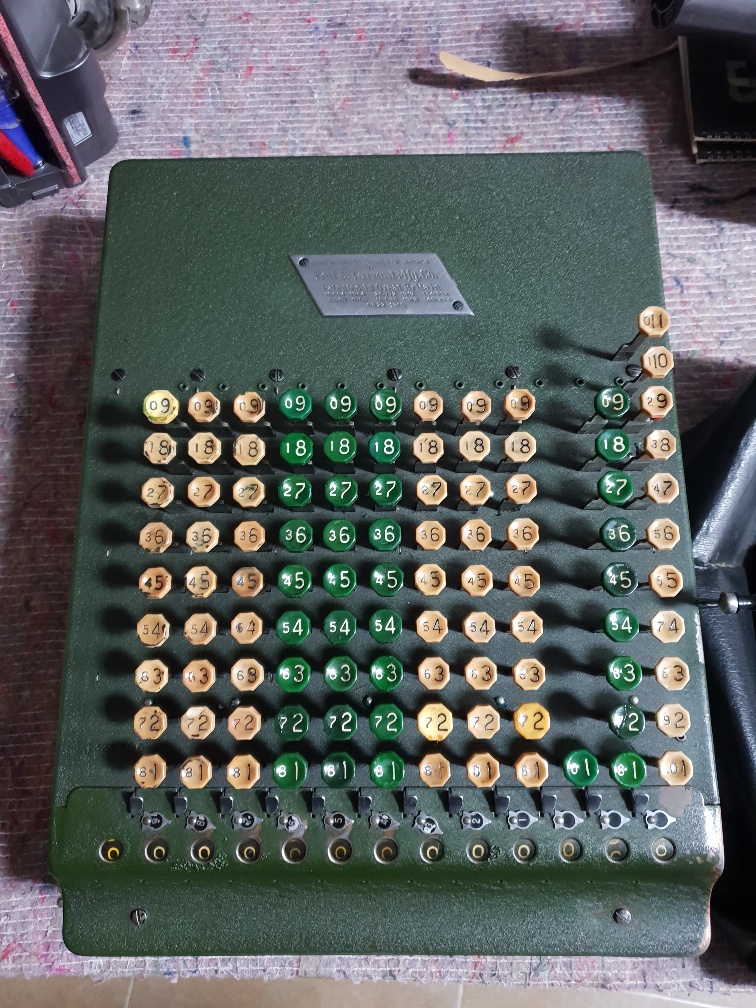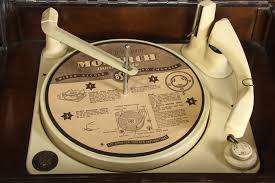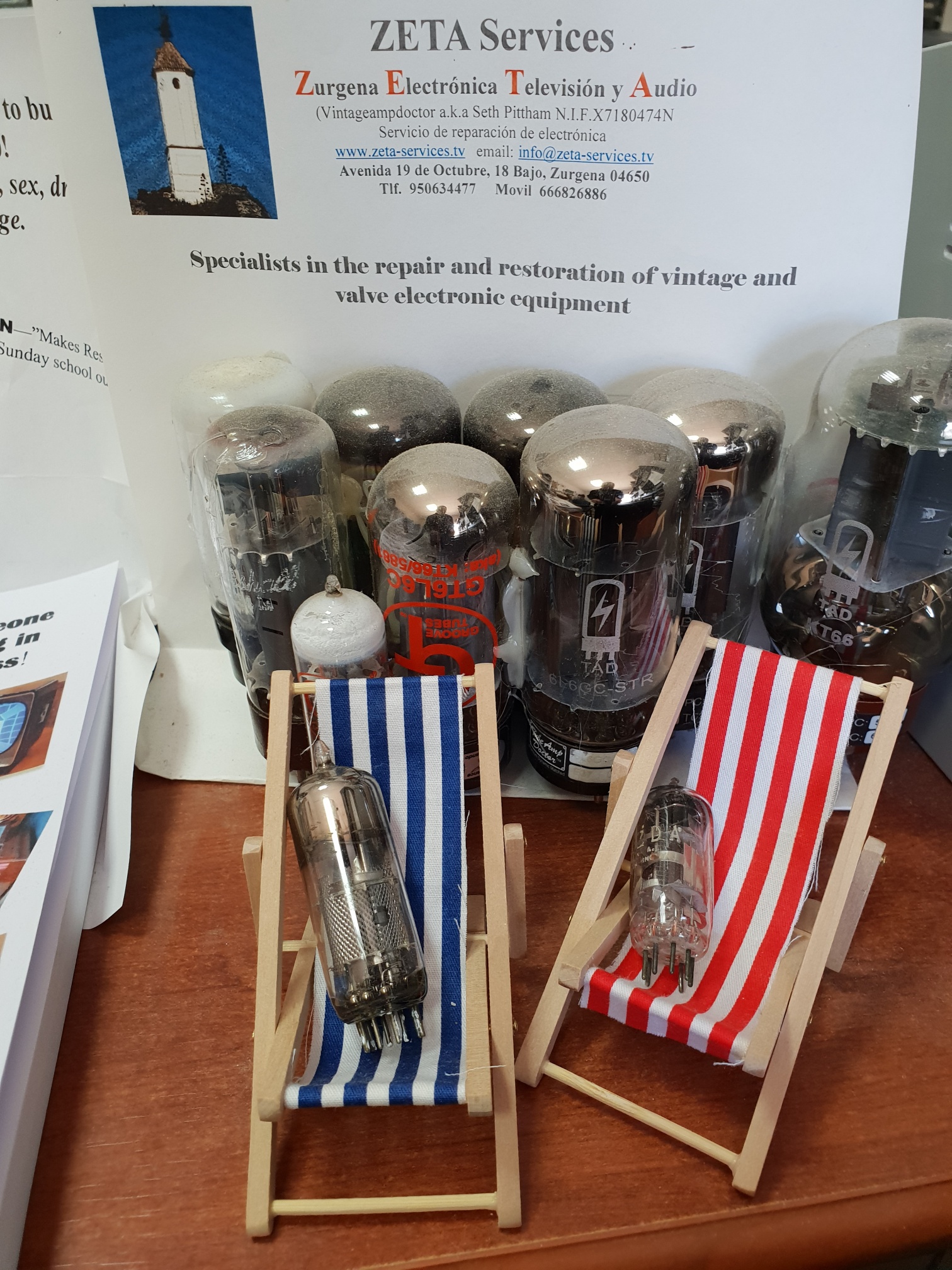I’ll start with something simple like the car radio. Or is it simple? Two friends, William Lear and Elmer Wavering, decided to take their respective girl friends out for a drive in the late ‘20s to watch the sun go gown over Illinois (that’s what they said anyway). They thought, wouldn’t it be nice to be able to listen to late night radio. Both chaps being “techie” sorts, they soon realised that trying to work a radio in a car was a technological nightmare. Interference from the ignition, dynamo, trams, small aerials, fading when driving about etc.. They set about designing circuits to beat all this, and did. They teamed up with a chap called Paul Galvin who was making battery eliminators. These were boxes that allowed the valve battery powered radios of the ‘20s to run on household mains supply. As more radios by then were being made to run on the house mains house supply directly and with the depression was setting in, business was getting tough. Galvin wanted another revenue stream. He made a power supply that allowed Lear’s and Wavering’s valve car radio to run from the 6v or 12v car battery. The three eventually took their perfected design off to the local bank manager who agreed to have it installed in his brand new Packard straight 8. After half an hour of operation, the power unit caught fire. Needless to say, no investment!
Not giving up, Galvin installed the radio in his Studebaker and drove nearly 800 miles to Atlantic City to show off the radio at the 1930 Radio Manufacturers Association convention. Not being able to afford a stand, he drove his car outside the convention with the radio turned up full to attract attention. That worked.
Several U.S. companies in those days were adding “ola” to the end of their product names. Victrola (record players), Radiola (radio sets) and so on. Galvin came up with his version, Motorola, the name was born. The sets were expensive at around $120 in 1930 and took 2 days to fit! He struggled for 3 years. The depression was coming to an end and Ford motor company started to offer the Motorola radio pre-installed. There was also a deal with the tyre company Goodrich, where the radios would be sold and installed via the stores. The installed price was now around $55, so affordable.
Paul Galvin went on to develop the push button pre select radio, two way car radio for the police and in 1940, developed the first hand held “Handie-talkie”, two way radio for the U.S army. In 1947 Motorola came out with the first television to sell under $200. In 1956 the company introduced the world’s first pager, in 1969, the company supplied the radio and television equipment that was used to televise Neil Armstrong’s first steps on the Moon. In 1973 it invented the world’s first hand-held cellular phone. Today Motorola is one of the largest cell phone manufacturers in the world. It all started with the car radio!
So, what happened to the two men who installed the first radio in Paul Galvin’s car?
Elmer Wavering and William Lear, ended up taking very different paths in life. Wavering stayed with Motorola. In the ‘50s he helped change the automobile experience again when he developed the first car alternator, replacing inefficient and unreliable generators, dynamos as us Brits would say. The invention lead to so many luxuries such as power windows, power seats, and, eventually, air-conditioning.
Lear also continued inventing. He holds more than 150 patents. Remember eight-track tape players!? Lear invented that standard. But what he’s really famous for are his contributions to the field of aviation. He invented radio direction finders for planes, aided in the invention of the autopilot, designed the first fully automatic aircraft landing system, and in 1963 introduced his most famous invention of all, the Lear Jet, the world’s first mass-produced, affordable business jet. No bad for a high school dropout!
Seth Pittham – seth@zeta-services.tv








